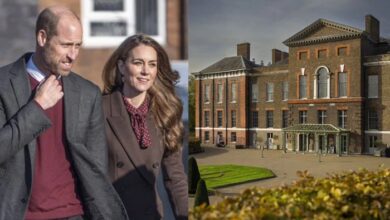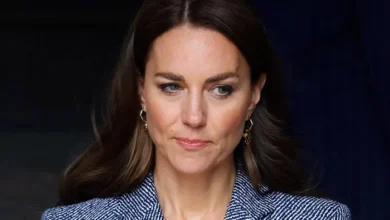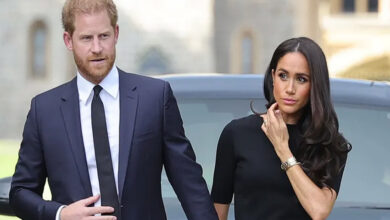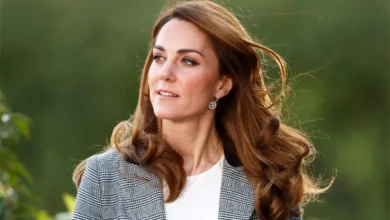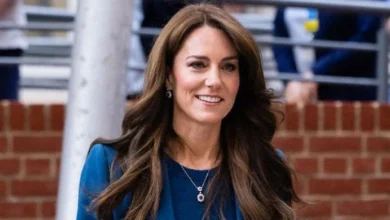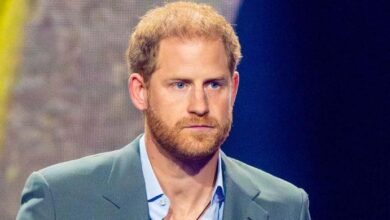You Won’t Believe Who Prince William Is Handing Royal Ascot Over To and It’s Not Kate Middleton
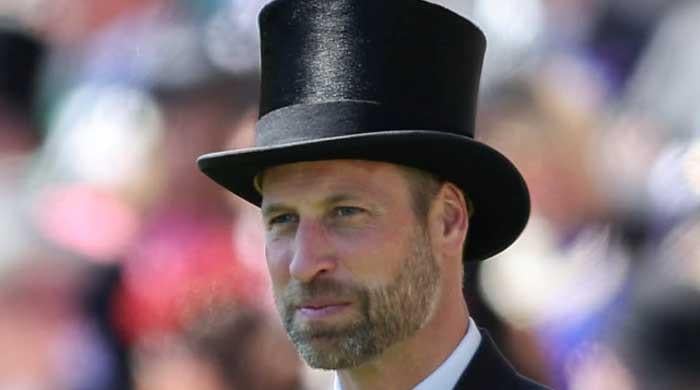
Prince William is quietly plotting a royal shake-up that has insiders gasping—and it involves sidelining some of the monarchy’s biggest names from one of its most iconic events. As the dust settles on another thrilling five days at Royal Ascot, sources say the Prince of Wales is already planning to hand over the reins to unexpected hands.
While King Charles and Queen Camilla trotted out in full splendor for every day of the sweltering summer event, William appeared alongside his father for just a single afternoon—leaving many to wonder where the heir apparent’s true interests lie. His absence on the remaining days was telling, insiders claim, and points to a broader overhaul of royal duties once he ascends the throne.
According to a scoop in The Mirror, William is determined to modernize the monarchy by reassessing who does what—and one of the biggest casualties of his reforms could be the royal racing calendar. He reportedly finds the pomp and ceremony of horse racing less enthralling than his predecessors, and plans to reassign those famed events to a surprising new champion.
Enter Zara Tindall: Olympic equestrian, royal niece, and the name on everyone’s lips for the future of Royal Ascot. Sources say William respects her passion for horses and sees her as the perfect figurehead to carry on a tradition he himself may delegate. It’s a move that would mark the first time in recent memory that a non-working royal has been entrusted with such a high-profile duty.
But that’s only part of William’s grand design. With aging royals like the Duke of Kent, the Duke and Duchess of Gloucester, and Princess Anne expected to scale back their duties, the Prince wants a new generation to step forward. In his vision, the monarchy isn’t just about titans of tradition—it’s a family affair that embraces younger voices with fresh perspectives.
According to The Mirror, William is eyeing non-working royals such as Mike Tindall, Peter Phillips, and his cousins Princesses Beatrice and Eugenie to fill more prominent roles. These once-peripheral figures could soon find themselves center stage at everything from race days to diplomatic receptions, all under William’s watchful guidance.
“It’s all about relevance,” a palace insider told the publication. “William sees a real opportunity to bring people into the fold who have royal blood but haven’t been given a chance to shine—people the public already loves.” This pivot reflects a careful balancing act between maintaining regal pageantry and showcasing a more relatable, modern monarchy.
Meanwhile, Prince Edward and Sophie, Duchess of Edinburgh, are being earmarked as William’s right-hand team when he finally inherits the throne. Sources say the couple’s reputation for steady execution and low-key service makes them ideal for anchoring the institution during what could otherwise be a tumultuous transition period.
Their role is set to expand dramatically, with Edward and Sophie acting as de facto “senior royals in residence.” They’ll likely oversee key charitable initiatives, state visits, and—yes—even horse racing affairs, lending a steady hand to Zara if William formally passes the Ascot torch to her.
So what does this all mean for the future queen, Kate Middleton? While the Princess of Wales remains William’s closest partner and confidante, her own health journey has kept her away from recent Ascot festivities. Insiders say Kate’s recovery from cancer and her focus on charitable endeavors will free her to champion causes behind the scenes, rather than headline big sporting events.
Read More: Kate Middleton’s Silent Power Move Stuns Experts After Her Cancer Battle
Royal watchers note that Kate’s carefully curated public appearances—and her reputation for dignity and empathy—will make her the perfect figurehead for social initiatives when she does return. But don’t expect her in Ascot’s royal box any time soon; the event is earmarked for equestrian royalty instead.
Some traditionalists are gasping at the idea of handing Royal Ascot to non-working royals. After all, it’s an event steeped in centuries of aristocratic heritage—symbolism that many believe belongs firmly with the reigning monarch and heir. Yet William’s camp insists that evolution is essential to preserving the monarchy’s public appeal.
Critics have already dubbed it “The Great Ascot Rebellion,” arguing that breaking with long-standing tradition could backfire. But William, they say, is undeterred. His goal, insiders whisper, is to create a royal family that feels accessible, authentic, and reflective of modern Britain—without sacrificing its proud legacy.
As the monarchy stands at the brink of a new era—under the ailing King Charles and the eventual reign of William and Kate—the reshuffling of roles represents more than just a logistical shift. It signals a strategic reinvention, one designed to unite the family, captivate the public, and ensure that the Crown remains as relevant as it is revered.
One thing is certain: when the next Royal Ascot rolls around, Buckingham Palace’s guest list and protocol book might look very different. And the world will be watching to see if Zara Tindall really can become the monarch of horse racing, backed by the new generation of royals handpicked by William himself.
Whether this bold experiment wins the day—or sparks a backlash among diehard royalists—it’s already clear that the future of the monarchy is galloping toward a brave, uncharted horizon.

